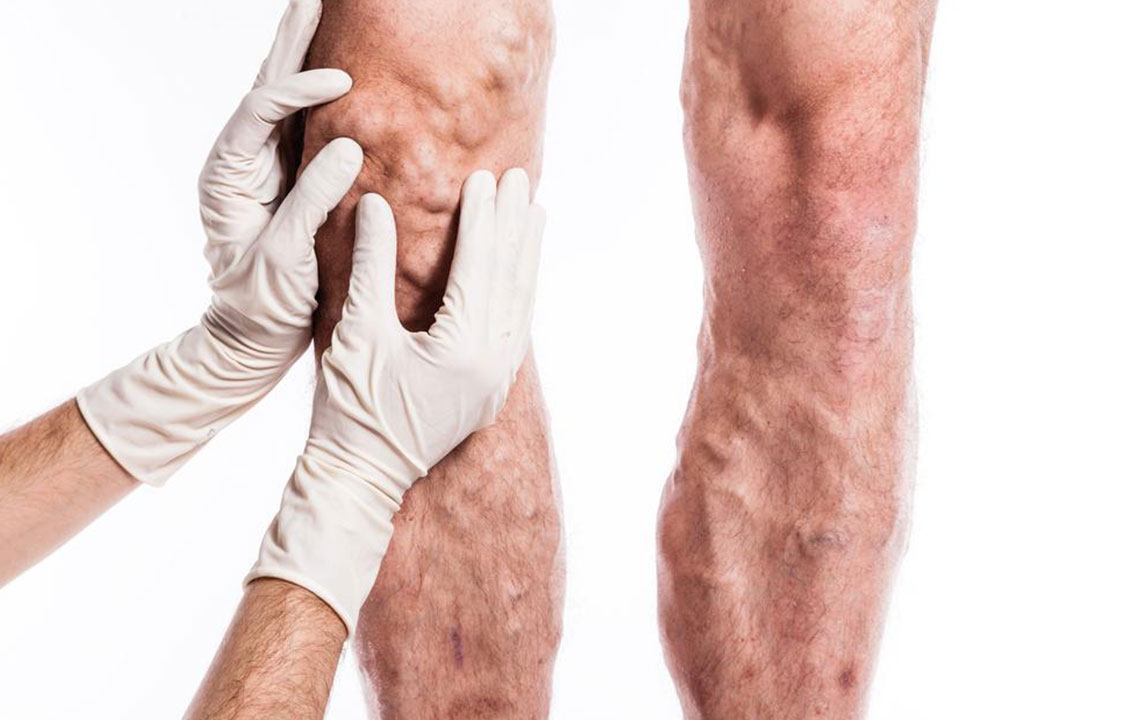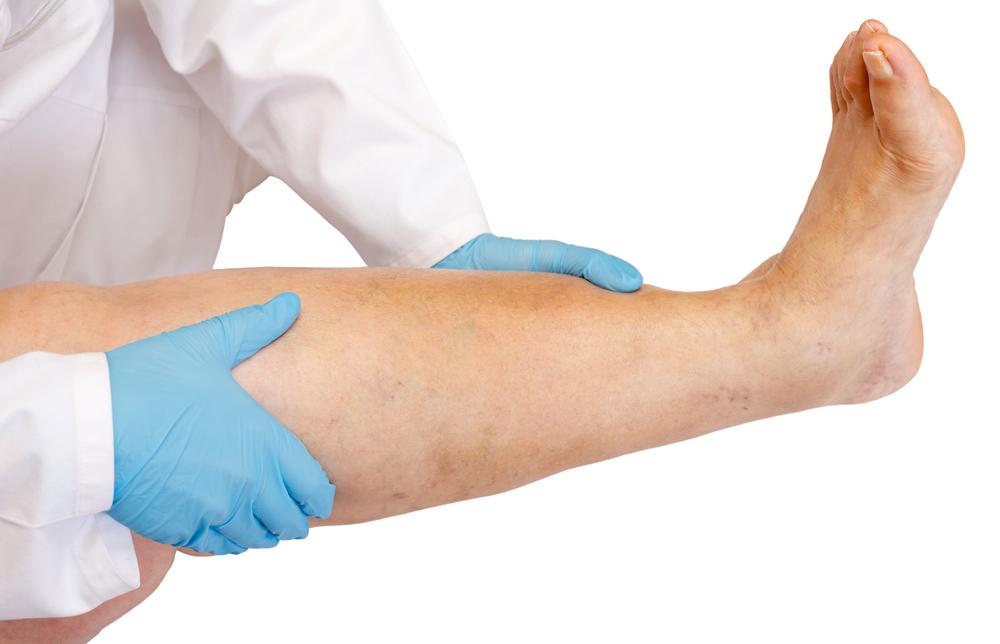Understanding Deep Vein Thrombosis: Causes, Symptoms, and Prevention
Deep Vein Thrombosis (DVT) involves blood clots in leg veins, causing pain and swelling. Risk factors include injury, surgery, obesity, and prolonged inactivity. Early detection through ultrasound or MRI is vital to prevent complications like Pulmonary Embolism. Maintaining an active lifestyle and healthy weight are key preventive strategies. Recognizing symptoms early can save lives and reduce health risks associated with blood clots.

Understanding Deep Vein Thrombosis: Causes, Symptoms, and Prevention
Deep Vein Thrombosis (DVT) occurs when a blood clot develops in the deep veins, commonly in the legs. It can cause discomfort, swelling, and tenderness, and poses risks such as Pulmonary Embolism if the clot travels to the lungs. Causes include injury, surgery, certain medical conditions, and lifestyle factors like obesity. Risk increases with age, pregnancy, heart issues, prolonged immobility, and sedentary habits. Recognizing early symptoms—such as sudden leg pain, swelling, warmth, and discoloration—is crucial for prevention. Diagnostic methods include ultrasound, venography, and MRI. Treatment options may involve medications and, in some cases, surgery. Staying active, maintaining a healthy weight, and exercising legs can reduce risk.
Deep Vein Thrombosis (DVT) is a serious condition caused by blood clots forming in leg veins. Symptoms include sudden leg pain, swelling, warmth, and discoloration. Factors like injury, surgery, obesity, prolonged bed rest, and pregnancy increase risk. Left untreated, DVT can lead to Pulmonary Embolism, a life-threatening complication. Diagnosis involves ultrasound, venography, or MRI. Treatment options include blood thinners and surgical interventions when necessary. Preventive measures are essential and include regular leg movement, weight management, and staying active to promote healthy blood flow and minimize clot formation.










